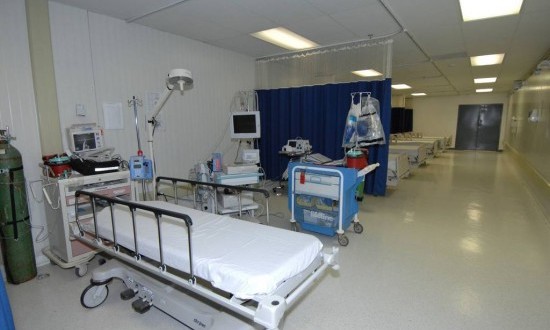A recent study led by Nancy Bergstrom, Ph.D., associate dean at The University of Texas Health Science Center School of Nursing in Houston, demonstrated in a recent study that it might be unnecessary to turn hospitalized patients’ bodies every two, three, or four hours to prevent pressure ulcers when high-density foam mattresses are utilized.
According to the study, led by the University of Texas Health Science Center at Houston (UTHealth), conventional coil-spring mattresses expose residents to higher pressure, which exacerbates the risk of pressure ulcers. High-density foam mattresses create less pressure on the body, which may eliminate the need to turn patients every two hours.
The study — dubbed Turning for Ulcer ReductioN (TURN) — included nearly 1,000 residents from 29 nursing facilities in the United States and Canada, participating over 19,000 resident days. Randomized schedules for turning were set up for study participants who were risk of developing pressure ulcers.
A nurse, blinded to turning frequency, documented skin condition every week, along with type of reposition, heel position, brief condition and skin care at each turn. No serious pressure ulcers developed during the study.
“The TURN Study showed that moderate- and high-risk nursing home residents cared for on high-density foam mattresses could be turned at two-, three- or four-hour intervals and the goal of preventing pressure ulcers can be met,” lead author Nancy Bergstrom, Ph.D., UTHealth associate dean, tells Dermatology Times. “There is one very important caveat, though: all of these residents received a safety check at every turning episode. Less frequent turning may promote better rest, but vigilance on the part of staff requires safety observations at each turning episode.”
Dr. Bergstrom noted that those episodes include turning position and timing, documenting that heels are up, monitoring skin (red, bruised, open, normal), monitoring briefs (dry, wet, soiled), and brief care (cleaned, barrier cream, dry briefs).
“This one-minute observation check list is an important part of less-frequent turning and brief changes,” she says.

 Canada Journal – News of the World Articles and videos to bring you the biggest Canadian news stories from across the country every day
Canada Journal – News of the World Articles and videos to bring you the biggest Canadian news stories from across the country every day

